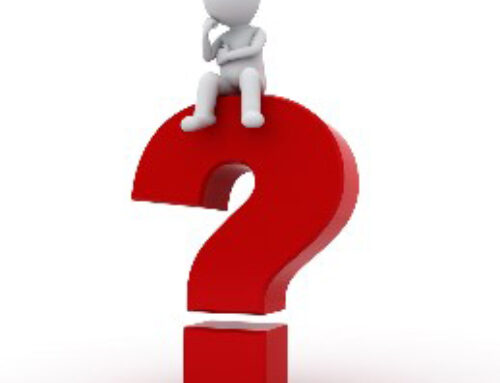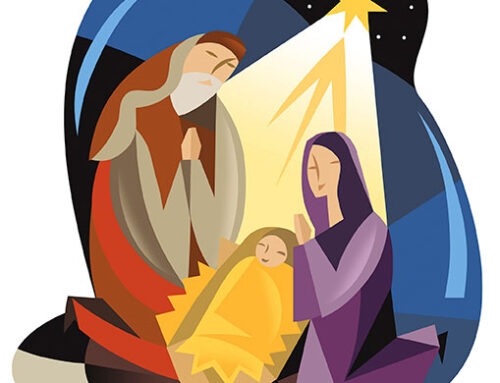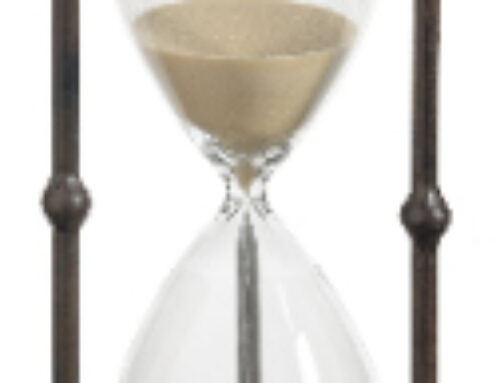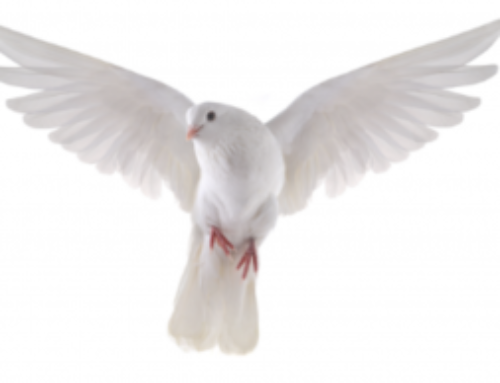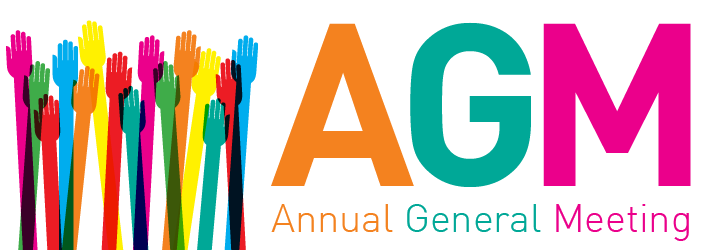February 15, 2015 marks the 50th anniversary of the Canadian flag. To celebrate, we are sharing these facts about the Canadian flag with you!
In 1964, the Government of Canada gave the task of finding a design for a national flag to an all-party Parliamentary committee. After eliminating thousands of proposed designs submitted by Canadians, the Committee recommended the single maple leaf, red and white design to Parliament. The motion was passed to adopt this design as the National Flag of Canada with a vote of 163 to 78 on December 15, 1964.
The winning flag was selected for the simplicity of the design which made it easily recognizable, the use of Canada’ official national colours and for the prominence of the maple leaf, which had become a symbol of Canadian pride and national identity.
On February 15, 1965, our flag was first raised on Parliament Hill.
February 15, 2015, will mark the 50th anniversary of the National Flag of Canada. This is a special milestone as Canadians prepare for the 150th anniversary of Confederation in 2017. Canada.ca/150
Did You Know…?
- National Flag of Canada Day was officially proclaimed on February 15, 1996.
- Canada is the only country in the world with a maple leaf on its flag.
- The maple leaf has been used historically as a decorative and ornamental symbol in Canadian art, medals, badges and coat of arms. It has often served to distinguish Canadians abroad.
- The stylized maple leaf on the flag has eleven points.
- Red and white were proclaimed Canada’s official colours in the proclamation of the Royal Arms of Canada in 1921 by King George V.
- The Canadian flag is twice as long as it is wide. The white square and its maple leaf make up half the surface of the flag equal to the two red bars combined.
- Vexillologists (flag experts) often cite the National Flag of Canada as one of the world most beautiful based on its compelling design and measured use of colour.
- Every province and territory in Canada has its own flag. The one symbol that represents us all at home and abroad is the red and white National Flag of Canada.
- In 1982, the Canadian mountaineer Laurie Skreslet brought the national flag with him to the highest point in the world, Mount Everest.
- In 1984, the Canadian flag reached new heights when it was launched into space on the flight along with the first Canadian astronaut on the NASA space shuttle Challenger.
- The role of flag-bearer for Canadian teams attending international sporting events is a special honour for those like Chantal Petitclerc and Hayley Wickenheiser who proudly represented our great nation on the world stage.
- When the National Flag flies along with the flags of the 10 provinces and three territories, the flags of the provinces and territories follow in the order that they entered Confederation. The order of precedence is therefore as follows: Ontario (1867), Quebec (1867), Nova Scotia (1867), New Brunswick (1867), Manitoba (1870), British Columbia (1871), Prince Edward Island (1873), Saskatchewan (1905), Alberta (1905), Newfoundland and Labrador (1949), Northwest Territories (1870), Yukon (1898) and Nunavut (1999).
Flag Do and Don’t
DO
- fly the National Flag of Canada alone on its own flagpole or mast.
- fly the National Flag of Canada at night without being lit.
- face the flag, remove hats and remain silent when the National Flag of Canada is raised or lowered, or when it is carried past in a parade or review.
- half-mast the National Flag of Canada on occasions when a public demonstration of sorrow is called for.
- replace a faded or torn flag with a new one and destroy it in a dignified way.
DON’T
- modify the dimensions/proportions of the National Flag of Canada, should always have an exact ratio of 2 to 1 (twice as long as it is wide).
- write or mark the National Flag of Canada in any way, nor cover it with other objects.
- pin or sew on the National Flag of Canada.
- dip or lower to the ground the National Flag of Canada as a means of paying a salute or compliment to any person or thing.
Learn more about flag etiquette in Canada
Sources for this article: Government of Canada


